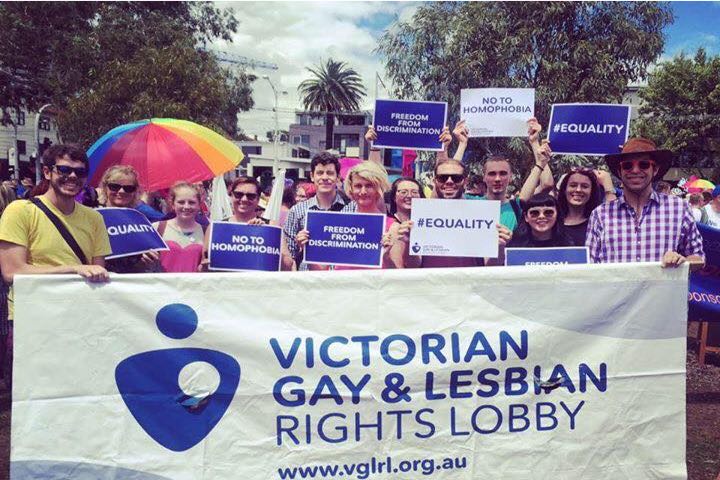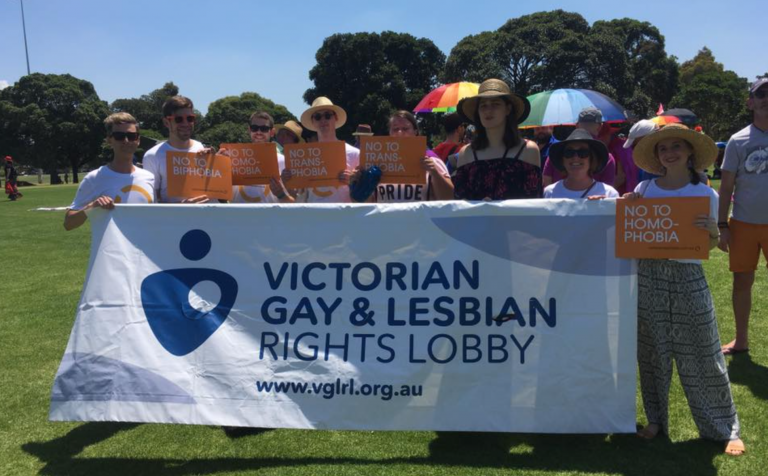
National Action Plan on Human Rights
Except as perpetrators of domestic violence, lesbians are fairly invisible in the first draft of the federal Attorney-General’s Department’s National Action Plan on Human Rights. I am taking steps to remedy this.
No specific mention is made of violence perpetrated against LGBTI people, or its effects on their human rights or health.
Transgender people’s right to change their sex in legal documentation is recognised and has a whole section devoted to it.
“In 2009, the Australian Government removed discrimination against same-sex couples from 85 Commonwealth laws in the areas of taxation, social security, health, aged care, superannuation, immigration, child support and family law.
The Fair Work Act, also enacted in 2009, ensures that same-sex de facto relationships are recognised for unpaid parental leave entitlements. It also prohibits employers taking adverse action against employees or prospective employees because of their sexuality or marital status.
These reforms extend to same-sex couples the same entitlements and obligations that apply to opposite-sex couples,” the first paragraph in the document on LGBTI issues states.
When I asked, during a recent human rights conference, whether the Fair Work Act trumped the individual state Equal Opportunity Acts (which allow, among other things, employment discrimination by church-run organisations), the answer was “No”.
The document states that the federal Government’s refusal to open marriage to people other than straights is “appropriate”.
Family breakdown, mental ill-health and domestic violence are acknowledged as risk factors for homelessness but alphabet-soupers are not listed amongst the groups who are at risk of homelessness. Nor are the effects of the recent Centrelink changes deemed to have any effect upon them, as specified in the document released in June 2011.
The Aboriginal and Torres Strait Islander section of the National Action Plan does not recognise that LGBTI people may be a sub-component of this population, with specific needs of their own.
This section is split into a number of sections which would have been useful in the LGBTI section, such as the right to self-determination and consultation; highest attainable standards of health and housing; the right to education; and to work; and freedom from structural/institutional discrimination, heterosexist violence, and multiple disadvantage.
As can be seen from the above, even though those 85 discriminatory federal laws may have been changed, LGBTI people have a very long way to go before our human rights are respected.
By BARBARY CLARKE
INFO: Barbary Clarke is co-convenor of the VGLRL’s Policy Working Group, and is doing a PhD on women and life-threatening illness.







True, Derek, but how many of us have the means to take a challenge to the High Court??!
Section 109 of the Australian Constitution provides that, where a State law is inconsistent with a federal law, the federal law prevails (to the extent of the inconsistency). The High court may have different ideas as to whether the Fair Work Act can override the state Equal opportunity acts.